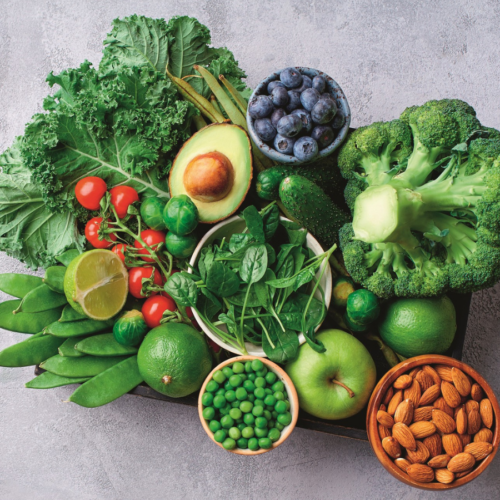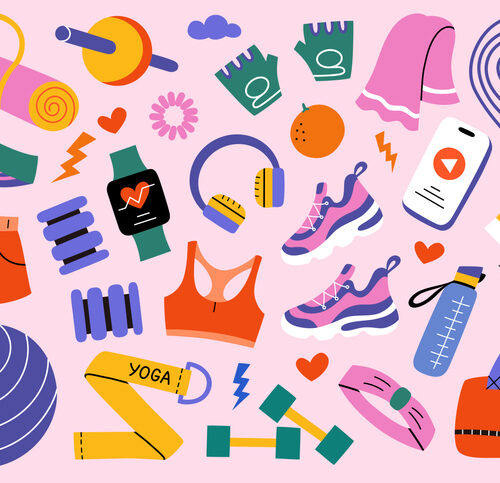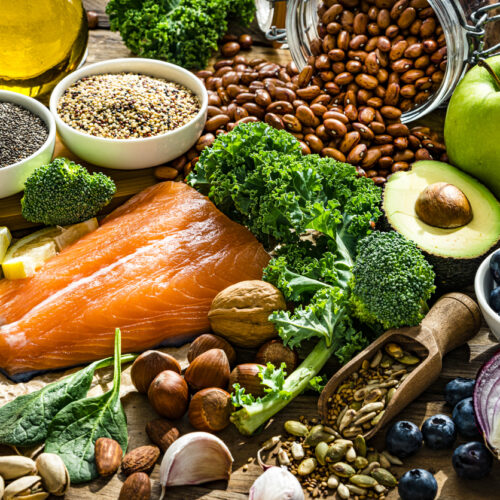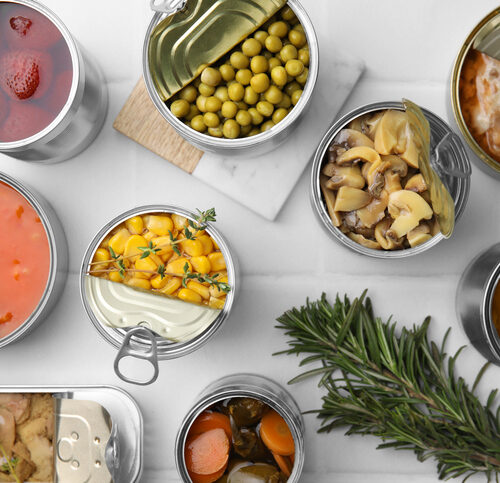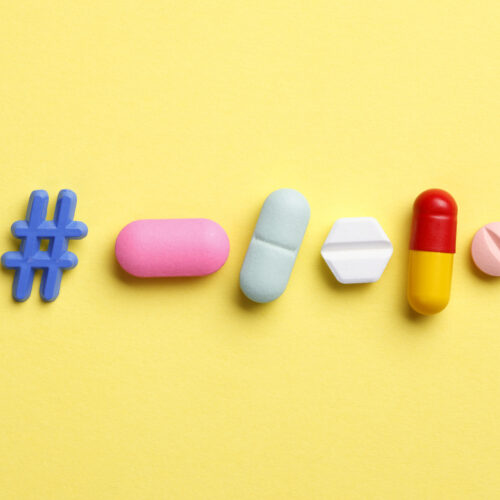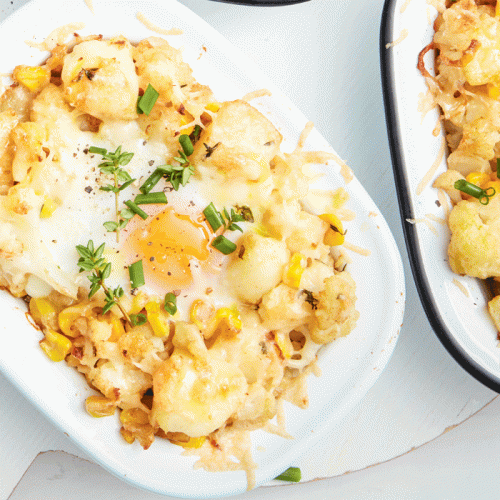
When it comes to the size of the portions you're eating, size does matter.
Information gathered over the past 30 years has shown that the size of portions, especially in packaged foods, has dramatically increased. Even scarier is the fact that as portion size increases so does consumption; often we are driven by 'getting the best value for money'.
Over time we have also gotten used to the new 'over-sized' portions that food manufacturers have developed so we've 'normalised' these to the point where we think these over-sized portions are the 'right' serving size.
Studies have shown that the larger the portion, the more we tend to eat. The trick is not to 't do 'combos': ask instead for regular or standard servings (this includes muffins, cookies, fries, burgers, drinks, etc).
So what should a serving look like?
Using your hands as a guide to portion size can really help. The palm of your hand excluding fingers and the thickness of your hand should equal the portion of meat on your dinner plate.
A clenched fist should equal the amount of carbohydrate on your dinner plate and 2 cupped hands should be the amount of vegetables/salad on your dinner plate.
This can be very useful when looking at a child's dinner plate – get them to look at the hands to teach them how to determine portion size for themselves.
Or if you are looking at a dinner plate – 1/4 should be carbohydrate (rice, potato, pasta, etc) and 1/4 should be the meat or protein serving and 1/2 should be vegetables or salad.
Tips to help get portions right
At home
- Place the vegetables or salad on your plate first – it will automatically make you cut down your meat or carb servings to fit the plate.
- Use a small plate to minimize servings – the tendency with a big plate is to FILL it!
- Allow everyone to serve themselves from the middle of the table – it is interesting to note that children have 'natural' appetites and if not interfered with they will alter their food intake as their appetite fluctuates.
At the food hall
- Choose foods with lots of vegetables or salads – kebabs are a good choice.
- Buy pre-packaged food such as sushi – it's low-fat and is portion-controlled by the number of pieces in the pack.
- Ask for extra salad in a burger (it might stop you 'up-sizing' and getting a bigger burger with more meat).
At a restaurant
- Look for a meal with plenty of vegetables.
- Ask for a high-fat carb such as 'wedges' to be replaced with a baked potato or steamed rice.
- Ask the waitress about the size of the meat portions available and request a meal that isn't 'half a beast'! Be aware that 100g of lean beef* contains approximately 2 teaspoons of fat – the bigger your portion, the more fat that is potentially hiding in it.
(*Rump steak contains only 5.5g of fat per 100g, little more than 1 teaspoon. NZ grass-fed beef is very lean with hardly any fat between the muscles, making excess fat easy to trim and providing a very low-fat, high-iron protein.)
www.healthyfood.com


